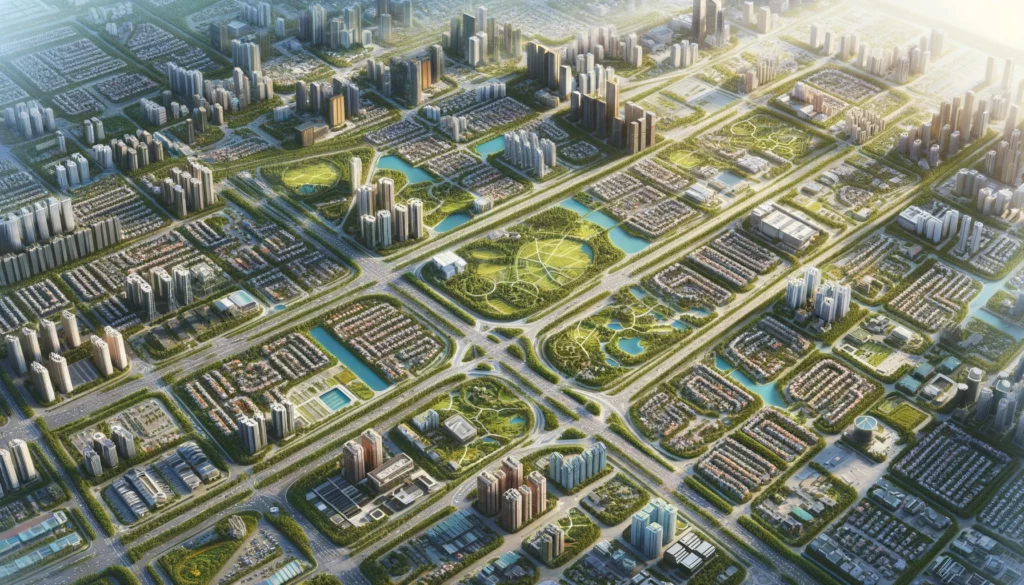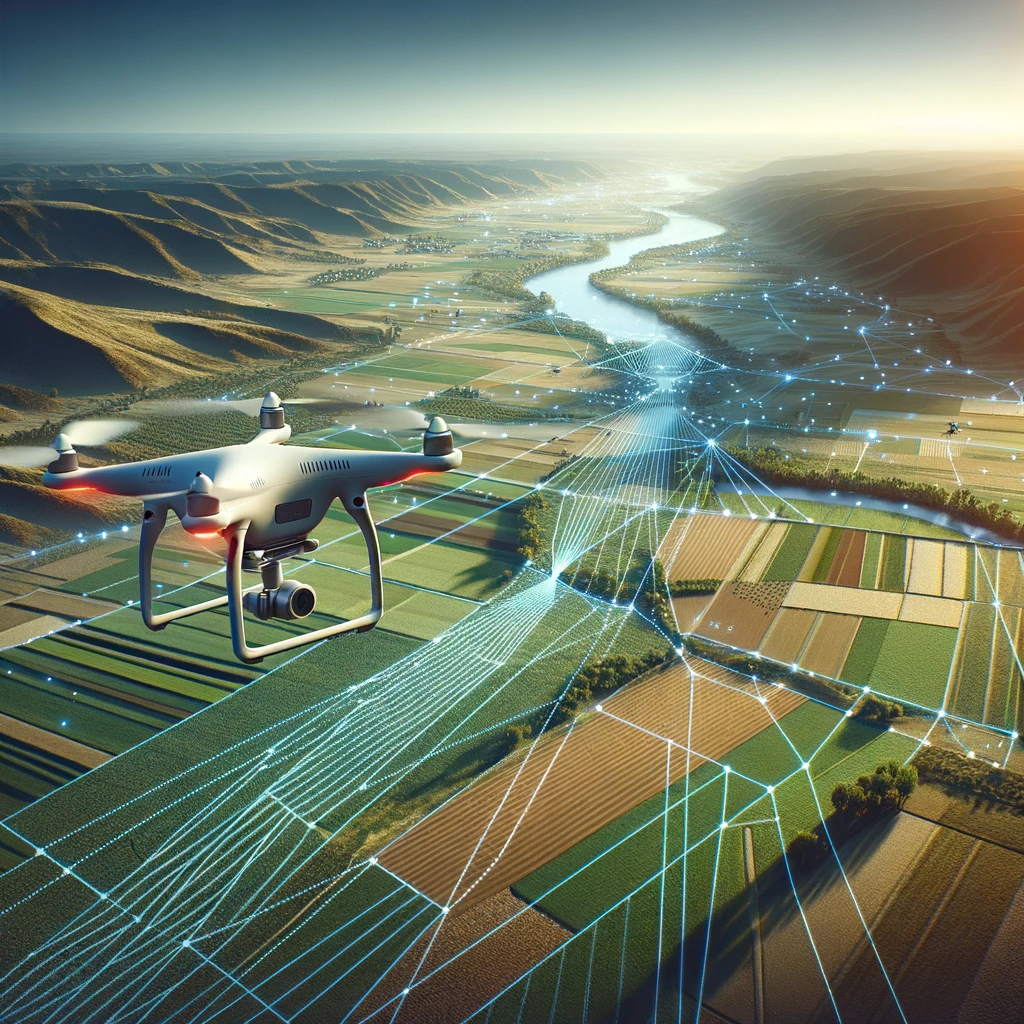Announcing Drone LiDAR Mapping Services
We are proud to announce that we now offer Drone LiDAR Mapping & Aerial Mapping services in addition to our surveying work. What was once a hobby for many is now being used for real estate, land development mapping, topographic surveys, photo enhanced survey drawings, and for close earth aerial mapping. We can produce topographic surveys, ALTA Aerial Survey images, 3D models, DTM surfaces1 with photo backdrops, 2D Ortho images, and more. Call us at (830) 243-6700 to discuss your drone surveying project needs.

What once cost thousands of dollars to produce through the use of manned aircraft can be replicated for a fraction of the cost with drone aerial surveying. We have used this technology for lots of projects and we’re finding more and more ways to utilize drone surveying for the benefit of our client and to add more value to our surveying maps.
We have a large network of licensed FAA Part 107 remote pilots. All our drones are registered with the FAA as required. We can provide proofs of insurance upon request.

Land surveyors have always produced drawings that show the property as if you were looking at it from above the earth. This shows property lines, outline of buildings, fences, encroachments, and distances and directions of the property lines. With the addition of aerial images “orthorectified2” to the survey drawing we can communicate another “thousand words” to those viewing the drawing. Orthorectified means the lines shown on the map match up with the photo. Normally when you look at an aerial map with property lines shown, you’ll notice that the lines don’t match. In fact, sometimes Google will show the tax maps on the map, but NEVER show the aerial images along with that. They just won’t match from the aerial views that they provide. We can produce ortho photos of your property along with the surveying lines and labeling.
A surveyor CAN match the precisely run survey with the aerial photography by using aerial control points to “control” the production of the image. This process is called photogrammetry, the science of making measurements from photographs. Photogrammetry has been practiced since the mid-1800’s. Leonardo da Vinci developed the concepts that were used for obtaining perspective and projective geometry. The first aerial photography was captured using kites and balloons. The first photography to be used for aerial mapping was captured in 1908, only 5 short years after the invention of the Airplane by the Wright brothers.
Why Drone LiDAR Mapping is Amazing
- Fast and Saves Money: Drones can cover big areas, making the mapping process faster and less expensive than old methods.
- Super Accurate: The maps made by drone LiDAR are detailed, making planning and building projects more reliable.
- Safe and Easy: Drones can go places that are hard or dangerous for people to get to, making it safer and easier to get data from these areas.
- Good for Many Uses: drone LiDAR mapping is very useful in a lot of different jobs. This includes helping farmers understand their fields better to helping architects design safer buildings.
- Kind to Nature: This method doesn’t harm the environment much since it doesn’t need to change the land to get its data.
Comparison of Drone LiDAR Mapping with Traditional Surveying Methods
While traditional surveying methods have been the go-to approach for geospatial data collection for many years, drone LiDAR mapping offers significant advantages over these traditional techniques.
Firstly, drone LiDAR mapping is much faster than traditional surveying methods. With a drone, large areas can be covered in a fraction of the time it would take for surveyors to collect data on foot. This enables projects to be completed more quickly, reducing costs and allowing for more efficient decision-making.
Secondly, drone LiDAR mapping provides a higher level of accuracy compared to traditional methods. The laser pulses emitted by the LiDAR sensor can capture data with millimeter-level precision, resulting in highly detailed and reliable measurements. Traditional surveying methods, on the other hand, can be affected by human error, limited visibility, and challenging terrain, leading to less accurate data.
Thirdly, drone LiDAR mapping allows for data collection in hazardous or hard-to-reach areas. Drones can access remote or dangerous locations with ease, eliminating the need for surveyors to work in potentially risky environments. This not only improves safety but also enables data collection in areas that would otherwise be inaccessible.

Despite these advantages, it is important to note that traditional surveying methods still have their place in certain situations. For example, in dense urban environments or areas with significant vegetation cover, LiDAR sensors may have limitations in terms of penetration and data capture. In such cases, a combination of traditional surveying methods and drone LiDAR mapping may be the most effective approach.
We can deliver the final aerial survey drawing product in picture formats (TIFF, PNG, JPG, etc,) and the normal surveying industry formats of DWG, DXF, and LAS files.
Let us put our drone aerial mapping and drone surveying knowledge, skill, and experience to work for you! Call us at (830) 243-6700 today.
